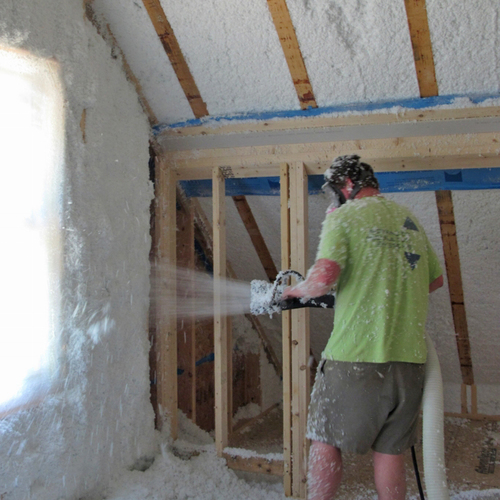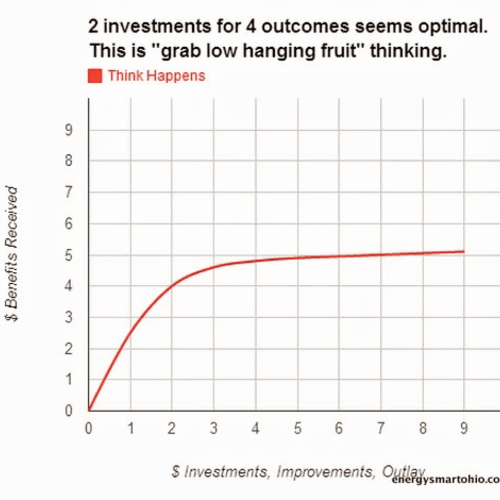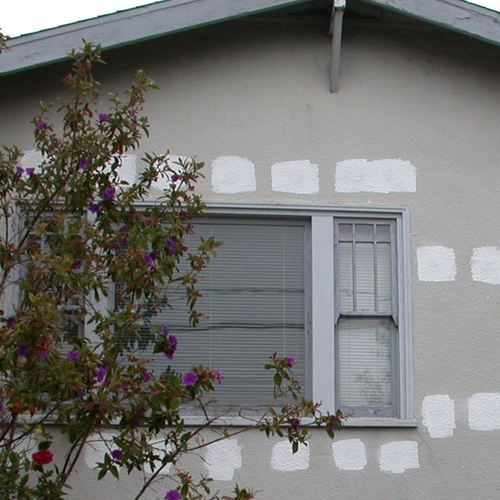
Long-time readers of GBA are familiar with Nate Adams. He’s the home-performance contractor who has published several opinionated blogs on GBA, including “The ‘Low-Hanging Fruit’ Fallacy” and “Hard Truths of Home Performance.”
Nate Adams recently published a book called The Home Comfort Book. This is a valuable volume that is well worth reading, in spite of its quirks and controversial opinions.
The Home Comfort Book focuses on weatherization work and energy-retrofit work in existing homes, not on new construction. Adams has a great deal of experience at this type of work, so he is realistic in his assessments and promises. For example, he notes, “Fixing comfort [problems] in consistently hot or cold rooms is a surprisingly difficult task. Don’t let anyone tell you otherwise.” He also reminds readers that “Perfection is an impossible goal.”
His book includes a cartoon illustration showing two possible paths: “simple but wrong” and “complex but correct.” He tells potential customers, “We are in the business of complex but correct.”
Adams correctly notes that potential energy savings are limited by the fact that most homeowners have annual energy bills that aren’t particularly large. What can a homeowner expect from a successful retrofit job? Adams writes, “Typical [energy] savings are usually in the $200-700/year range, even for advanced projects. … If you only want to save money, don’t embark on this process. It’s a waste of time and money.”
Like many home-performance contractors, Adams is a fan of closed-cell spray foam. He writes, “We specify 3.5-inch closed-cell spray foam in many of our projects … Spray foam continually shocks me at how well it performs at only a few inches thick.” Elsewhere, he notes, “I became a big fan of closed-cell spray foam. It’s not cheap, but it consistently delivers great results…
Weekly Newsletter
Get building science and energy efficiency advice, plus special offers, in your inbox.

This article is only available to GBA Prime Members
Sign up for a free trial and get instant access to this article as well as GBA’s complete library of premium articles and construction details.
Start Free TrialAlready a member? Log in















3 Comments
Nate has free downloadable chapters from his book, as well as some decent explanatory videos on his Nate the House Whisperer blog site (http://www.natethehousewhisperer.com/ ), which is worth checking out before buying the book.
He also has well documented case studies (with lots of pictures and charts) on his main business site:
http://energysmartohio.com/case-studies/
I'm right with him on most of his approach, but IMHO he uses way more closed cell foam than I believe is necessary (does he own the foam equipment or something?). Another place where I might part paths is that his favorite heat pumps aren't true cold-climate versions, and have a limited modulation range. He seems to have suffered some bad experiences with ductless mini-split solutions (?) but would do well to take a hard look at what's out there with some of the ducted mini-splits using cold-climate type compressor technology, delivering better low-temp efficiency & capacity than what he's been using. Several of his projects might have done better with ducted mini-splits, taking advantage of larger modulation ranges than what he's been using. With the larger modulation range sizing it properly is easier, and will often be able to get there without having to burn auxiliary heat strip to cover the 99% load (and beyond) and/or digging through the manuals to figure out how to turn off the use of heat strip for reheat during defrost, etc.
But it's way too easy to be the arms-length critic, eh? :-)
He is doing his clients a real service, and definitely knows how to get 'R done, and is willing to back it up, measuring/monitoring performance, correcting any deficiencies sometimes years after the fact. The case studies are definitely worth a read when contemplating a significant retrofit project on a less-than-comfortable house.
Dana,
Thanks for the links and web site review. I certainly agree that Nate Adams is doing his clients a real service.
Thanks for posting this review! I will buy the book and be mindful of the editing issues. 😘
Log in or become a member to post a comment.
Sign up Log in